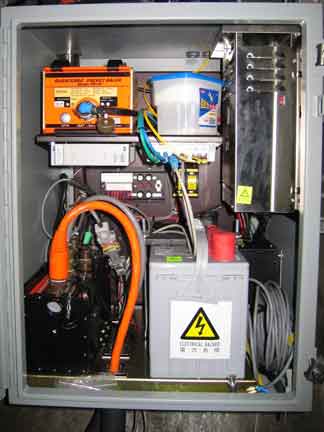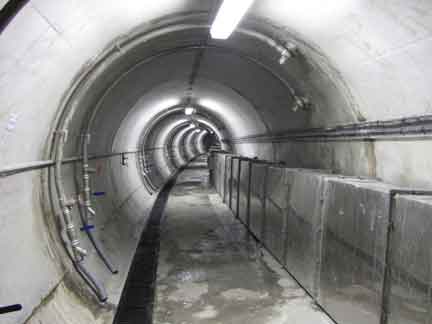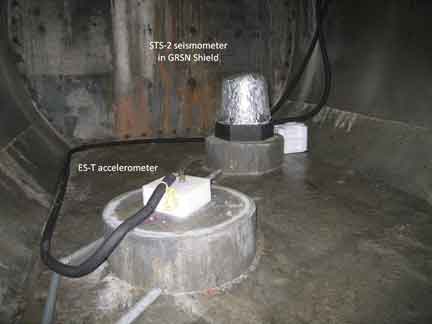Seismic Station in Hong Kong Becomes Newest GSN Affiliate
The Global Seismographic Network is pleased to announce that seismic station HKPS, part of the Hong Kong Observatory, has joined the GSN as an Affiliate and becomes the 154th station in the GSN. The Hong Kong Observatory (HKO) started earthquake monitoring in 1921 using long-period Milne-Shaw seismographs. The WWSSN station HKC was established on the Kowloon Peninsula in 1963. In 1979, HKO established a short-period seismograph network to detect near-field earthquakes. This network was expanded in 1997 to a 9-station network covering the entire territory with station spacing of about 20 kilometers. In 2010, HKO commissioned a new broadband seismograph station at Hong Kong Po Shan (HKPS).
Station HKPS is located on Hong Kong Island at the inner end of a 300-meter long man-made tunnel that was built for draining soil water inside a hill to control slope stability. The tunnel provides an environment with stable pressure and temperature suitable for detecting long period seismic signals. The station is equipped with a Streckeisen STS-2 seismometer with GRSN Shielding, a Kinemetrics ES-T accelerometer and a Quanterra 330HR digitizer. Relay of GPS and seismic signals is made through an optical fiber which connects the station to the entrance of the tunnel. Real-time seismic data are sent to HKO Headquarters via the city network and then forwarded to the IRIS Data Management System. All HKPS data are openly available.
|
A section of the Po Shan Tunnel that was built for draining soil water to control slope stability.
|
A Streckeisen STS-2 seismometer with GRSN Shielding and a Kinemetrics ES-T accelerometer are placed on concrete plinths that are in direct contact with the bedrock and de-coupled from the concrete linings. |
 |
The communication box houses a Quanterra Q330HR digitizer, a Baler PB14F data logger, a battery and a dehumidifier. |




